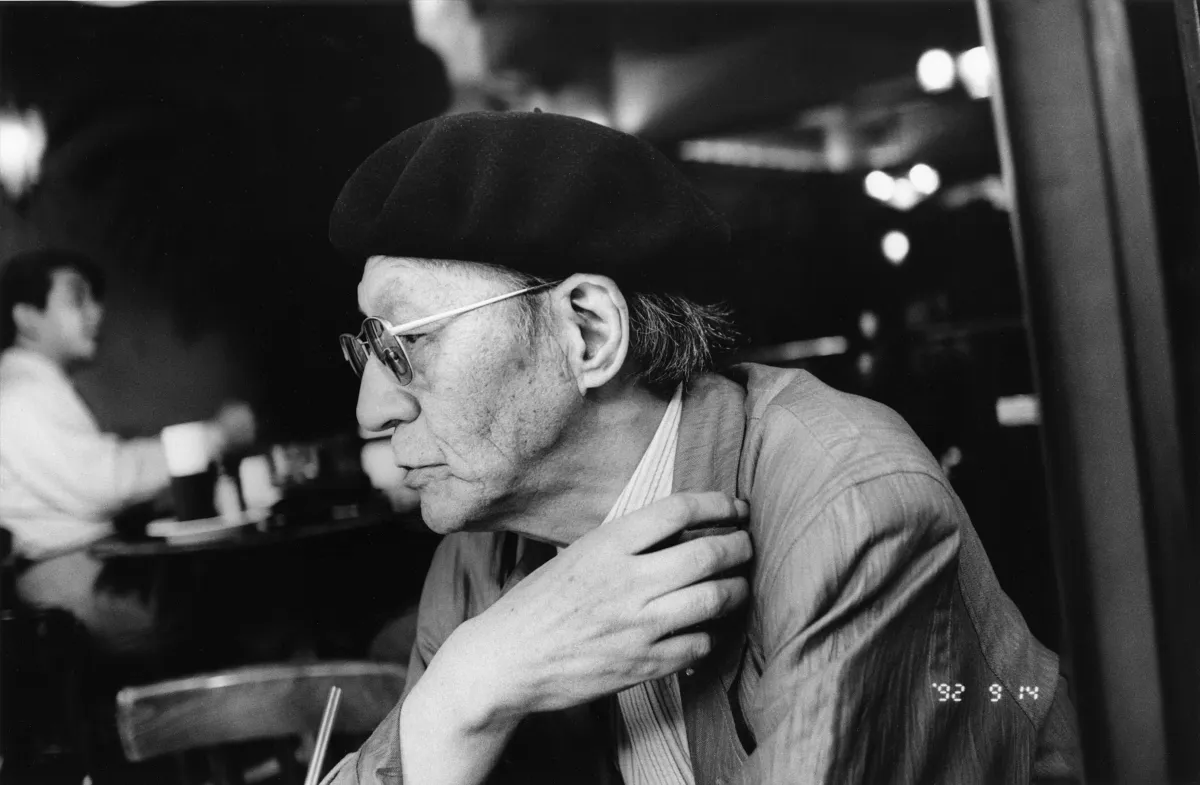
On Nobuyoshi Araki's work
"This photographic mosaic points to the artist’s complex thinking, to the very core of his feelings, impulses, and reflections. Each image, whatever its subject, from the most banal to the most torrid, finds its place in the narrative of his experience of time." Matthieu Humery
Araki’s work is known for its direct relationship with reality, which he experiences, lives, and transforms into fiction, so to speak. This approach is very different from that of a reporter, whose supposedly “objective” eye merely observes and records. Araki is not far removed from the generation of Joan Didion, Tom Wolfe, or Norman Mailer, who were active in the United States in the 1960s and 1970s, and who moved very easily from subjective and personal reportage to fiction and forged what has become known as New Journalism. Araki perhaps goes further by taking his own individuality as his subject. Thus, this photographic mosaic points to the artist’s complex thinking, to the very core of his feelings, impulses, and reflections. Each image, whatever its subject, from the most banal to the most torrid, finds its place in the narrative of his experience of time.
Shi-Nikki [Private Diary] for Robert Frank, also known as 101 Works for Robert Frank, is a collection of 101 photographs dedicated to the iconic author of The Americans, published by Robert Delpire in 1958. As programmatic as it is factual, with a number of images and a dedicatee, the series seems clear, perhaps overly so. Despite these tangible elements, a closer look reveals double meanings and questions. Let’s take a moment to consider the number 101. Often used in sales or marketing, 101 gives the feeling of a generous overflow, a promise of opulence. It is the idea of going beyond the limit, as if the work were opening up to something greater than itself, something unlimited even, with all its associated symbolism, such as infinity or perpetuation. The number 101 can also bring to mind the Bible’s Psalm 101 which is attributed to David and deals with loyalty and lies. The portfolio, made three years after the untimely death of his wife Yoko Aoki, carries this wound, this darkness, which marked a turning point in the artist’s work. Thus, after considering the context in which it was created and the terms of the title, we can ask ourselves about the symmetry of the number 101. A palindromic number, it is composed of two identical units separated by a zero, a possible metaphor for the void imposed by the disappearance of his beloved. Moreover, this symmetry could invoke a face-off with Robert Frank, both as an individual and as the author of The Americans.
The strength of the series lies in the fact that the narrative is limited to a non-prescriptive suggestion, more emotional than logical, where one figure replaces another, where the bedroom gives way to public spaces, where there is the before and after, life and death. The works dialogue and the themes interconnect: sex, absence, repulsion, the city, infinity. The banal rubs shoulders with the explicit, the eternal, and the ephemeral. This insular immersion into the life of a photographer without his muse is an imaginary journey whose paths cross, lose each other, and invariably lead you back to solitude and emptiness.